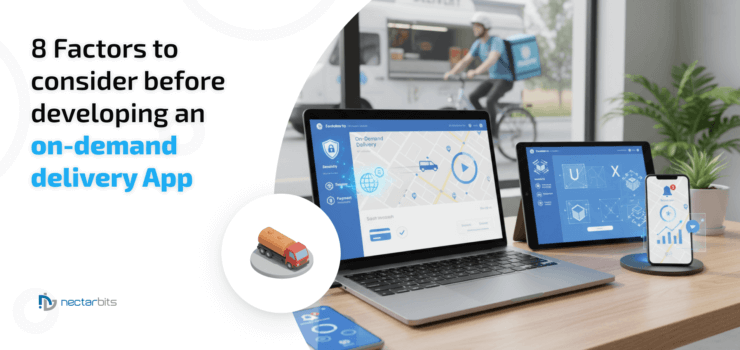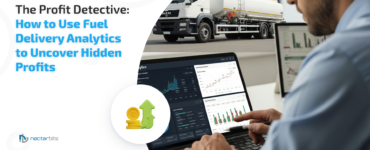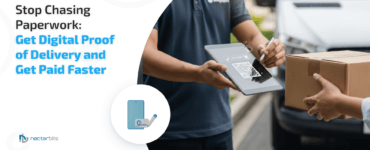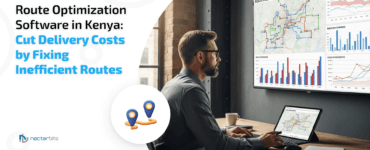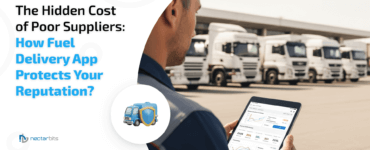In 2025, on-demand delivery apps will have evolved into a hyper-connected, tech-driven ecosystem that includes AI-powered logistics, autonomous vehicles, and sustainability-focused services. Beyond ‘express delivery,’ today’s apps integrate real-time tracking via IoT, carbon-neutral options, and personalized experiences to meet rising consumer expectations. The industry, accelerated by post-pandemic demand, now faces competition from drone deliveries and smart city integrations.
Here the business companies make sure that the order placed by the customer reaches them soon, no matter where the delivery of the product is. Suppose it is across the place, state, country, or even the world. The delivery process may slow down once it gets closer to the customer, as it has to deliver a customer’s door. It may also slow down if there are multiple deliveries at the same place, as the delivery of the products has to be on every door to the door of the customers.
You can also get the services from the WordPress design agency. You can pay them and they will work for you. On-demand delivery services have covered most of the traditional business models faster than people can anticipate. Here are some examples that use on-demand delivery services:
1. Transportation and travel:
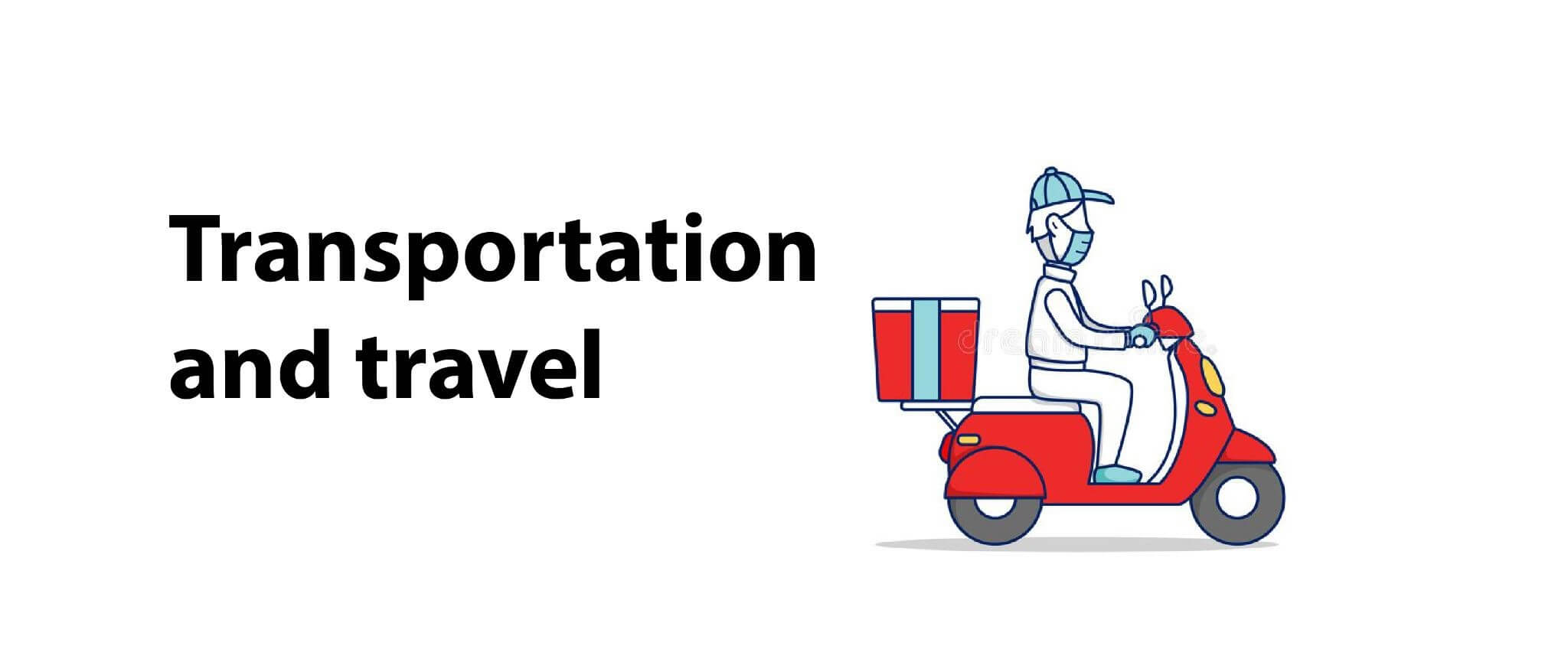
When there is a requirement to travel and don’t have a vehicle of your own, some travel or transportation agencies can make your work easy. Now travel and transportation business services have improved at such a level that you don’t need to worry about traveling intercity, interstate, etc. These on-demand business services can also provide delivery of your courier in an hour to within 24 hours.
Read more: The Best Tech Stack For On-Demand Fuel Delivery App Development
2. Food delivery:
The on-demand food delivery business is the fastest growing business across the world. Due to the covid-19 pandemic, the food delivery services got a sudden uplift. During this pandemic, people were advised not to visit public places, commercial places, etc. hence people started to opt for takeaways or home delivery.
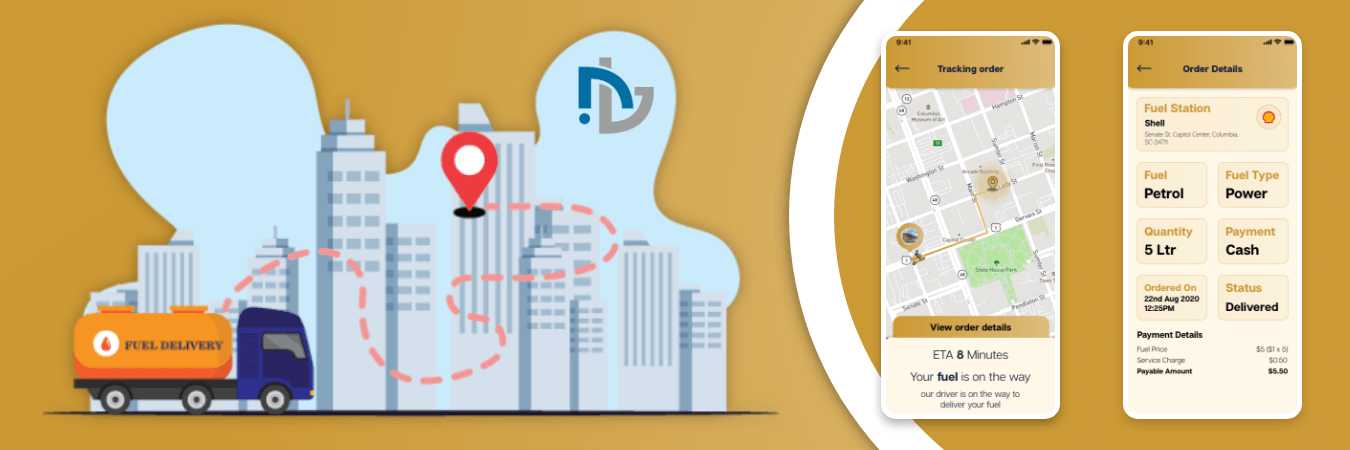
3. On-demand fuel delivery:
Since the last few years, many on-demand fuel delivery startups have emerged in various parts of the world. With few taps in the phone app, customers can get the on-demand fuel delivery service. These startups have grown tremendously since a few years in the urban areas, as their percentage of vehicles and the distance traveled are more. If a vehicle runs out of fuel anywhere like a house, gym, parking lot, outside office, or even in the middle of nowhere, on-demand fuel delivery can fulfill your needs.
Read more : Cost to Create an On-Demand Delivery App?
4. On-demand cooking gas delivery:
Here’s another industry that has developed a new idea of on-demand cooking gas delivery. To get this service, there is a requirement of some documentation and registration with Cooking Gas Company. And customers also have to keep in mind the distance of cooking gas delivery Service Company and their house.
5. Healthcare:
One of the most vital and essential services for the human as well as for the pets. With this service, the patients need not wait to visit the doctors or for any medical test. Healthcare on-demand service proves to be the best service in case of emergency. Now medicines or the pharmacy are just a matter of a few clicks away from the patient. It may seem odd to say Doctor on-demand, but it’s true that through various uses of apps irrespective of personalized doctors or hospitals provide online consultations. These services are highly rated and highly on demand.
6. Professional services:

This is the most versatile and broad sector which has undergone a massive transformation. This sector probably has the most potential to grow as it covers most professional services, including babysitting, carpentry, mechanic, electrician, plumbing, household work, pest control, etc. These services can be experienced by using various apps, as different companies provide different services.
7. Ecommerce:
This sector came into existence after the invention of on-demand delivery services. It is a sector where consumers can sell or buy almost everything online. Here consumers can become retailers and vice versa whenever they are required. But for this, they will need to go through some procedures and documentation. This service mostly deals with household products, home decor products, clothing, footwear, books, etc. Here a variety of brands can be included across the world.
8. Logistics:
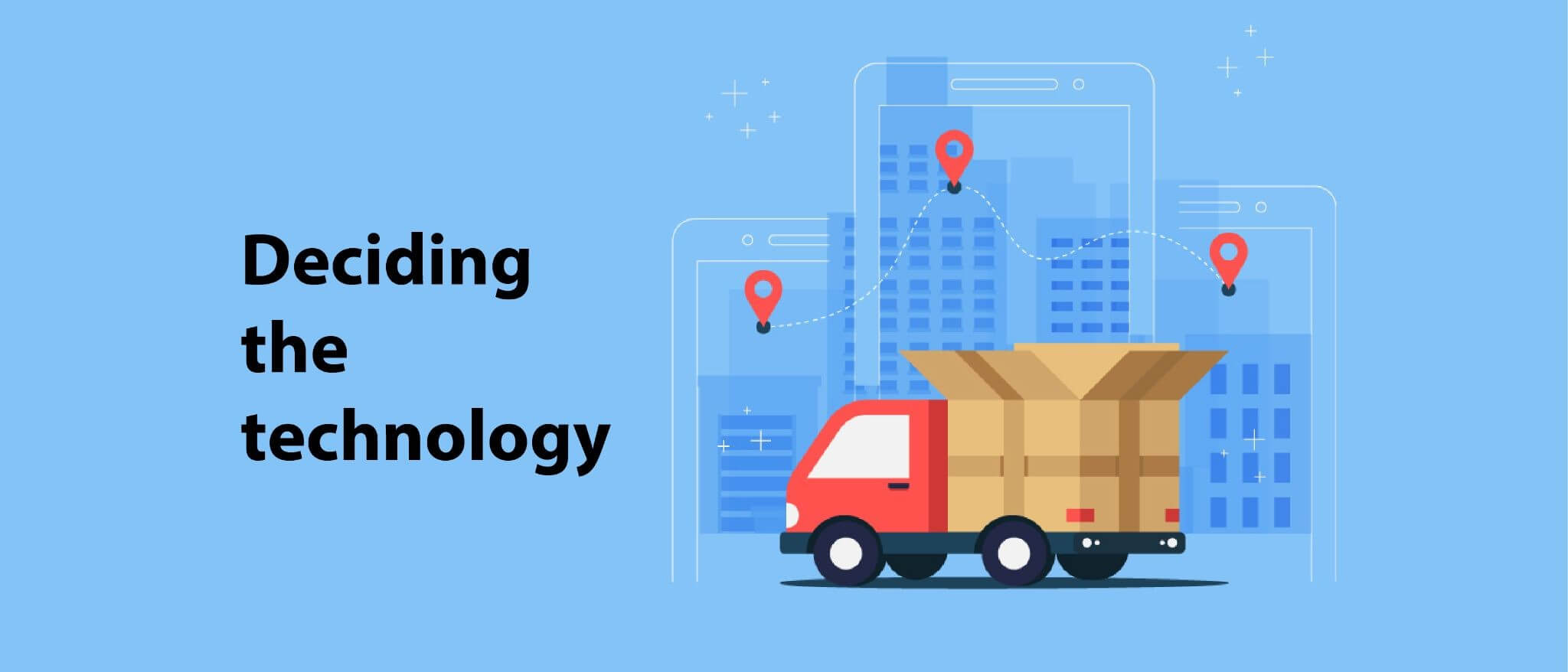
Courier and other logistics services have become more smooth and efficient with on-demand service than ever. Here consumers can book benefits from a small letter to the biggest cargo. They can also track the service from the moment of dispatch to the time it reaches the receiving end.
Top factors to consider before building an on-demand delivery system
1. Deciding the budget:
It is crucial to determine the budget required while developing an on-demand service app. It needs to calculate various factors such as platforms, location, the technology used, features, and many more. It also includes the geography of the area of working and the country it’s working for. The budget should be fixed and should be well managed to earn the benefit from the business as soon as possible.
2. Deciding the technology:

It is essential to determine if the application made will be native or hybrid. It can only be decided after considering various factors like time, cost, quality, and the technology for targeting the audience. Now the native apps are more secure, user-friendly, scalable, and fast compared to the hybrid apps.
It is also essential to ensure that the team hired to develop the on-demand app offers a full range of services like branding, identity design, UI development, and support post-launch. It is also essential that the app developed should be easy to use and understand by all the audiences covering the least learned and the most intelligent audience.
3. Being unique:
It is essential to be unique so that more and more audiences are entertained. One should come out of innovative ideas that can distinguish you from the others. In today’s world, it is very important to be creative so that you can stand out from the crowd of your competitors. You can provide non-profit services, 24/7 services, reservation services, offers and discounts for previous customers, free service or products for those who need them, etc. Offering such services can attract more and more audiences/ consumers.
4. Multiple methods of requesting for service:
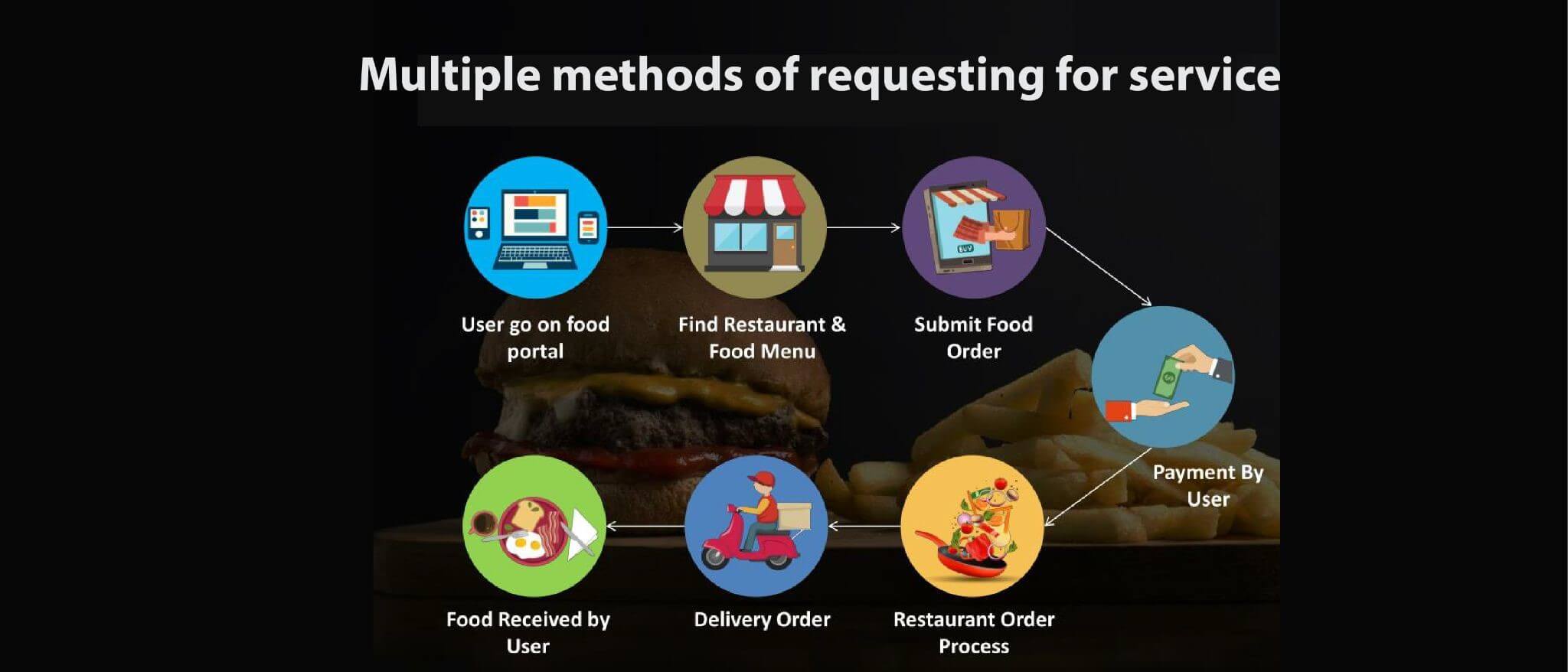
While developing an on-demand delivery service application, it is important to consider the platforms where the application will run. The app should be flexible and should be able to run on any platform, whether it is iOS, android, windows, etc. This flexibility of the app will allow the on-demand delivery service to spread more and accessible to more consumers. When the on-demand startups target mass audiences, there will be a higher possibility of growing the business.
5. Real-time order tracking:
Real-time tracking has become a must-have feature for on-demand delivery apps, allowing customers to stay informed and businesses to streamline operations. By integrating GPS, IoT sensors, and AI, apps provide accurate ETAs, courier location updates, and alerts for delays or changes. This transparency boosts customer confidence while reducing missed deliveries and operational inefficiencies. Implementing interactive maps, milestone-based notifications, and AI-optimized routes ensures faster deliveries, lower costs, and an overall improved user experience.
6. Push notification:
Push notifications have evolved from simple alerts into powerful engagement tools for on-demand apps. By sending real-time updates on orders, delivery status, and personalized offers, apps can keep users informed and encourage repeat usage. Leveraging AI and behavioral analytics ensures notifications reach the right user at the optimal time, reducing app abandonment and missed deliveries. Using strategies like user segmentation, rich media, and actionable messages enhances visibility and interaction, making push notifications a key driver of customer satisfaction and retention.
7. Filter system:
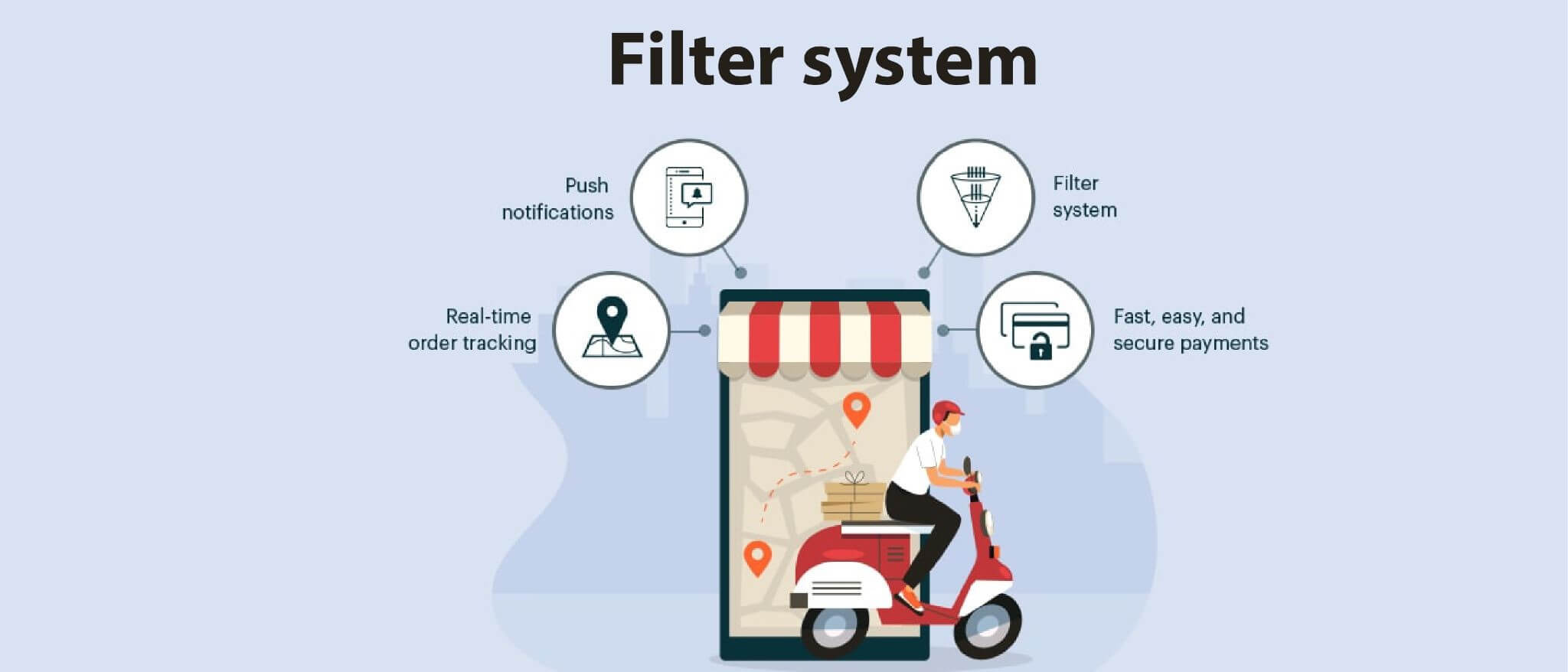
Suppose there are various types of services for a single type of service. Then for repeated service for that specific consumer, other services can be filtered out. This will save the time of the consumer and will also keep that consumer attracted towards your business. With the help of a filter system, you can also filter out the audiences that you need to pay more attention to or that are not important for your business.
8. Fast, easy, and secure payments:
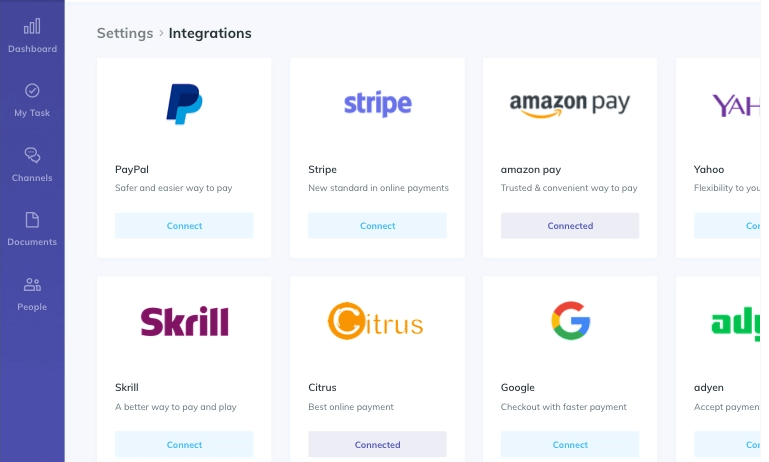
People can order any services over the phone, but they prefer to do it via an app. Why? To ensure a service that includes payments requires proof, using an app, the consumers can stay assured about the payments they do and also the services they requested for. By using an application, the business personnel can also stay assured about the payments made by the consumers.
Sustainable On-Demand Apps: Features That Make a Difference
In 2025, sustainability is no longer just a buzzword—it’s a business imperative. Consumers, regulators, and investors are increasingly prioritizing eco-friendly practices. For on-demand delivery apps, integrating sustainable features not only reduces environmental impact but also enhances brand loyalty and operational efficiency. Here’s how to build a greener delivery platform:
1. Carbon Footprint Tracking
- Real-Time Emissions Monitoring: Implement tools that calculate and display the carbon emissions saved per delivery.
- User Engagement: Allow customers to view their cumulative emissions savings, fostering a sense of contribution to environmental preservation.
- Offset Options: Provide users with the choice to offset their carbon footprint through donations to verified environmental projects.
2. Eco-Friendly Packaging
- Sustainable Materials: Partner with suppliers who use biodegradable, recyclable, or reusable packaging materials.
- Packaging Transparency: Clearly communicate packaging choices to customers during the ordering process, encouraging eco-conscious decisions.
- Waste Reduction Initiatives: Implement programs that minimize packaging waste, such as offering incentives for customers who choose minimal or no packaging.
3. AI-Powered Route Optimization
- Efficient Routing: Utilize AI algorithms to determine the most fuel-efficient delivery routes, considering factors like traffic, weather, and delivery urgency.
- Fleet Management: Optimize delivery schedules and vehicle loads to reduce the number of trips and overall emissions.
- Continuous Improvement: Regularly analyze route data to identify patterns and opportunities for further emissions reductions.
4. Electric and Hybrid Vehicle Integration
- Green Fleet Adoption: Gradually transition to electric or hybrid vehicles to reduce reliance on fossil fuels and decrease emissions.
- Charging Infrastructure: Invest in or partner with charging networks to ensure convenient access to charging stations for your fleet.
- Incentive Programs: Offer incentives for customers who select delivery options that utilize electric or hybrid vehicles.
5. Sustainability Reporting and Transparency
- Environmental Impact Metrics: Regularly publish reports detailing your app’s environmental impact, including emissions reductions and sustainability initiatives.
- Third-Party Certifications: Seek certifications from recognized environmental organizations to validate your sustainability efforts.
- Customer Communication: Keep customers informed about your sustainability practices and achievements, building trust and loyalty.
Conclusion
As we have discussed all the various importance of the on-demand delivery services, we always need to keep one thing in mind: only making the app will not work. You should also have the most skilled and perfect employees that can provide speechless service.
When there is an emergency requirement of service, we should try to provide our best as we can. While starting an on-demand delivery service, the employees working in the business should be active and should also have the vehicle to provide the service on time.
Employees associated with the business should know how to use technology. In the end, we should also think about where the business needs to be established. As online and on-demand business works better in urban areas than in rural areas. If you don’t have the skill for the same, you can hire WordPress developers as they will work on your behalf.
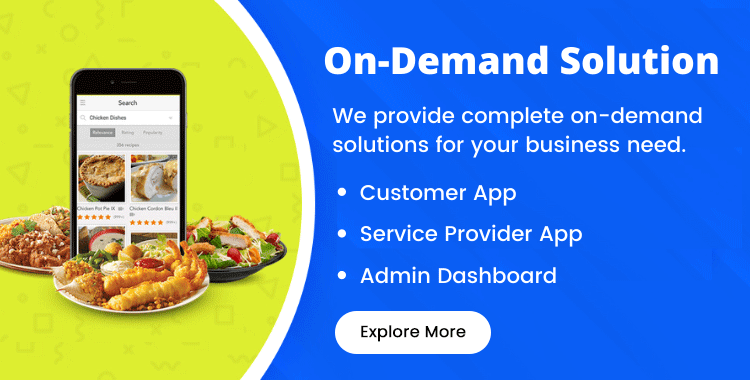
FAQs
An on-demand delivery app allows users to request products or services instantly via their smartphones. Once an order is placed, the app connects the user with nearby service providers or couriers, tracks the delivery in real-time, and completes the transaction through secure payment gateways. AI and GPS technologies optimize routes, reduce wait times, and improve delivery efficiency.
The cost depends on features, platforms, design complexity, and the location of the development team. A basic app with core functionalities can start around $15,000–$25,000, while a full-featured app with AI, real-time tracking, and payment integration may range from $50,000–$120,000 or more. Additional costs include maintenance, updates, and server/cloud hosting.
Safety and compliance are crucial, especially for sectors like fuel, healthcare, and food delivery. Apps follow industry standards, local regulations, and safety protocols, such as secure payment processing, verified service providers, driver background checks, and adherence to handling guidelines for sensitive items. GPS tracking and in-app monitoring further enhance safety.
Key features that users expect include:
. Real-time tracking of their order or service
. Secure, fast payments through multiple gateways
. Push notifications for updates, offers, and alerts
. Easy booking and scheduling for multiple services
. User ratings and feedback to ensure service quality


